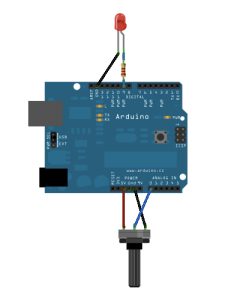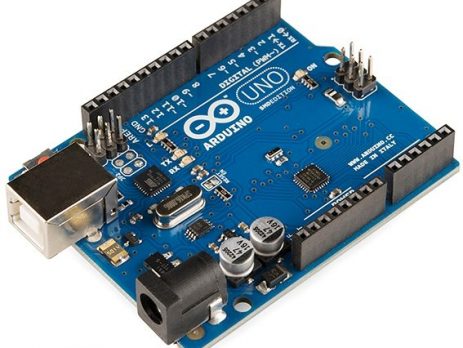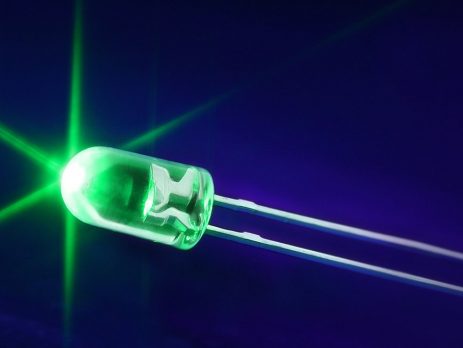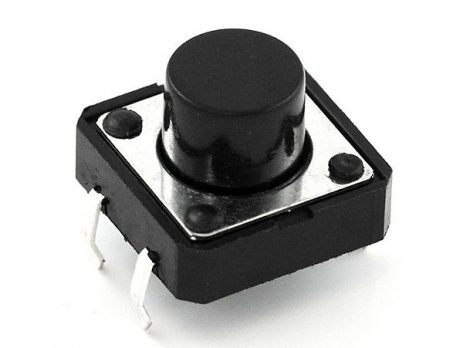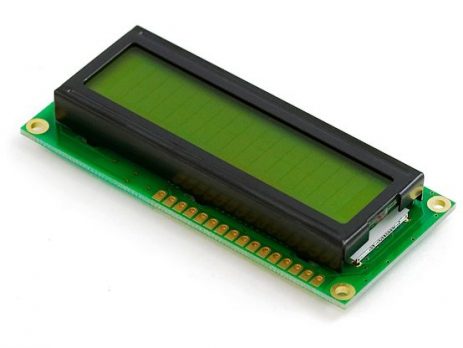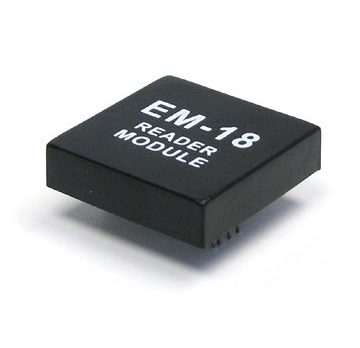Arduino Microcontroller Development
Board Tutorials.
Analog to Digital Conversion in ARDUINO
Analog to digital conversion module of ARDUINO UNO has 6 input ports. The number of the port varies with your ARDUINO model but the coding remains the same. The analog reading in the analog inputs are converted into corresponding 10bit(0-1023). ARDUINO developers have made such an option that you can print anything and see it on the Serial monitor. This example demonstrates analog input usage by reading an analog sensor on analog pin 0 and turning on and off a light...


